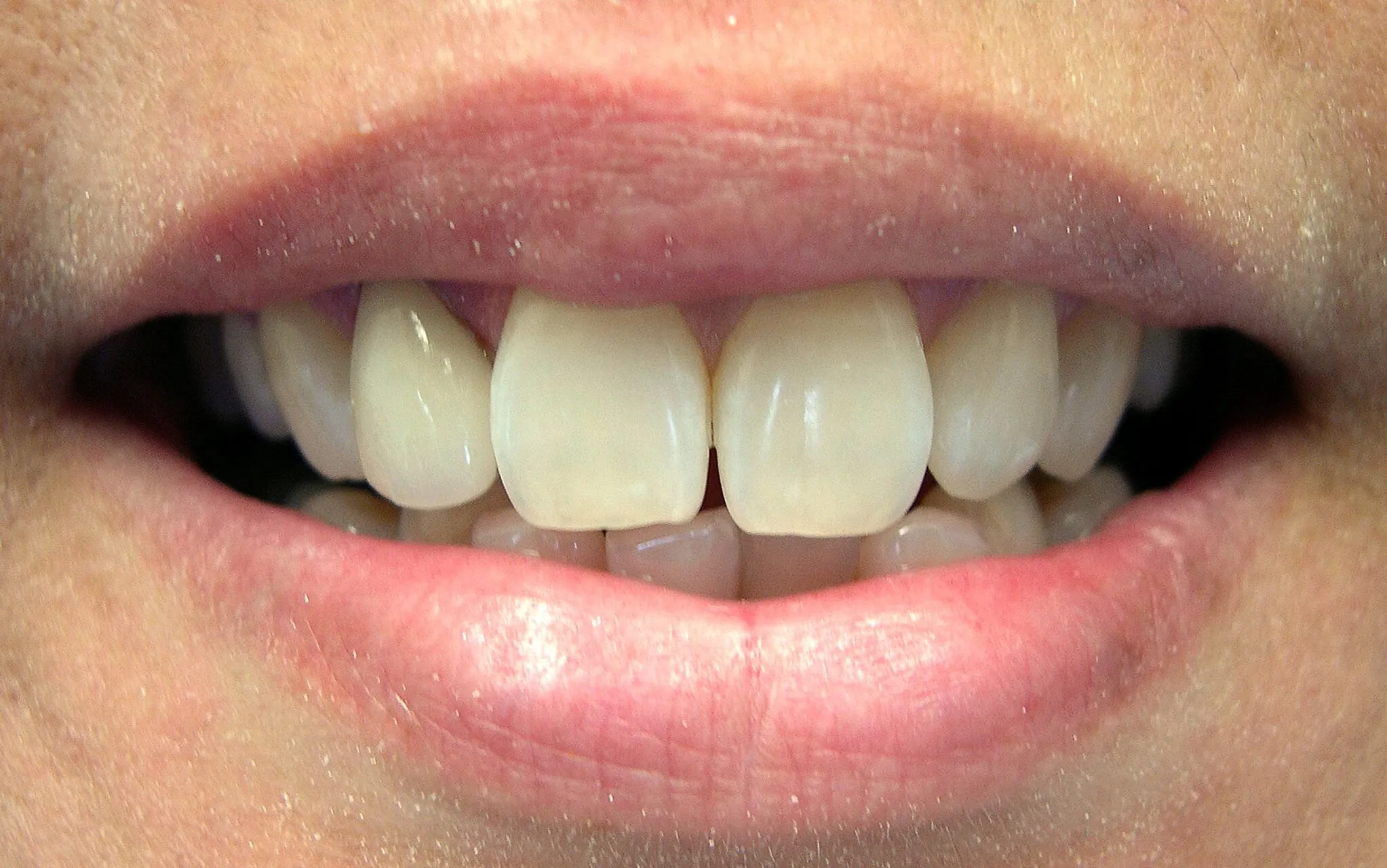Understanding Gum Bleaching from Teeth Whitening
Teeth whitening is a popular cosmetic procedure, but it can sometimes lead to unwanted side effects, with gum bleaching being one of the most common. This occurs when the whitening agent comes into contact with the gums, causing them to turn white or appear bleached. While often temporary, it can be uncomfortable and unsightly. Understanding the causes and taking preventative measures is crucial for a safe and effective teeth whitening experience. This article will explore the reasons behind gum bleaching and provide essential tips to protect your gums during the teeth whitening process, ensuring a brighter smile without compromising your oral health. Proper preparation and aftercare can significantly reduce the risk of gum irritation and other complications, allowing you to achieve the desired results with confidence.
What Causes Gum Bleaching?
Gum bleaching is primarily caused by the whitening agents used in teeth whitening treatments. These agents, typically containing hydrogen peroxide or carbamide peroxide, are designed to penetrate the enamel and break down stains. However, these chemicals can also irritate and damage the soft tissues of the gums if they come into direct contact. The sensitivity of the gums to these agents varies from person to person, with some individuals being more prone to bleaching than others. Therefore, knowing the whitening agent role and how it affects gums, is vital to ensure safe and successful teeth whitening results.
The Role of the Whitening Agent
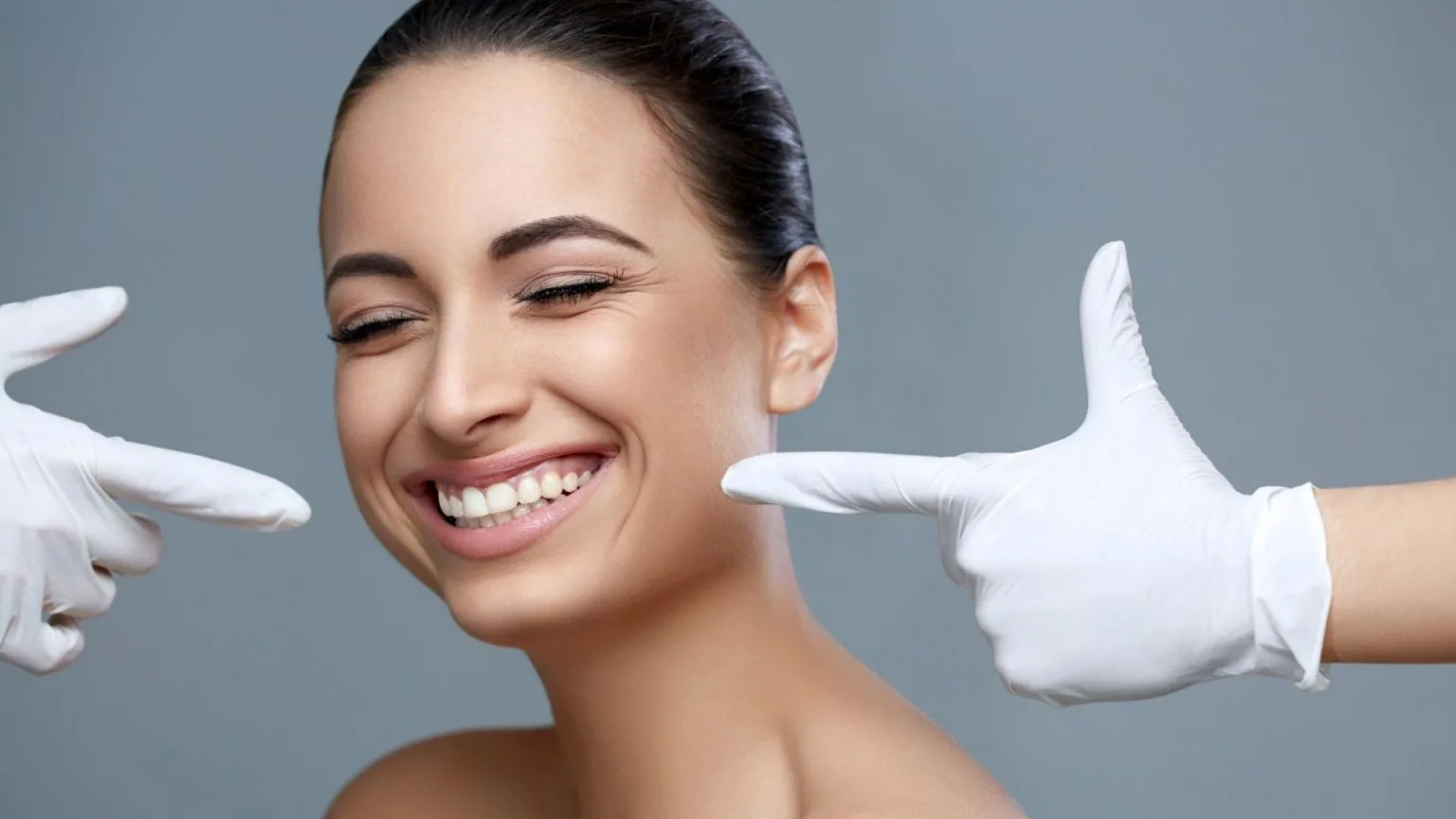
The active ingredients in teeth whitening products, such as hydrogen peroxide and carbamide peroxide, are strong oxidizing agents. These agents work by releasing oxygen molecules that penetrate the tooth enamel and break down the stain-causing compounds. The concentration of these agents varies depending on the product and the type of treatment. Higher concentrations, often used in professional treatments, can be more effective but also pose a higher risk of gum irritation. Understanding the strength of the whitening agent and its potential impact on your gums is essential for making informed decisions about your whitening procedure, and mitigating the risk of side effects. This information also helps determine if the treatment is appropriate for your specific dental needs.
How the Whitening Process Affects Gums
When the whitening agent comes into contact with the gums, it can cause several reactions. The most immediate is the bleaching effect, where the gums turn white or appear lighter in color. This happens because the agent is dehydrating the gum tissue. Prolonged exposure can lead to inflammation, irritation, and even chemical burns in severe cases. The level of impact depends on the concentration of the agent, the duration of exposure, and the individual’s sensitivity. Therefore, it’s crucial to take precautions to protect your gums from direct contact with the whitening product and follow the instructions of your dentist or the product manufacturer. This helps to reduce any potential for adverse reactions and ensures your whitening experience is safe and comfortable.
Top 5 Gum Protection Tips During Teeth Whitening
Protecting your gums during teeth whitening is crucial to prevent gum bleaching and other potential complications. By following these five simple yet effective tips, you can minimize the risk of gum irritation and ensure a more comfortable whitening experience. Remember to always consult with your dentist before starting any teeth whitening treatment to assess your oral health and receive personalized guidance. Implementing these strategies will help you achieve a brighter smile with minimal side effects, promoting both your aesthetic goals and your oral health.
Choose the Right Whitening Method
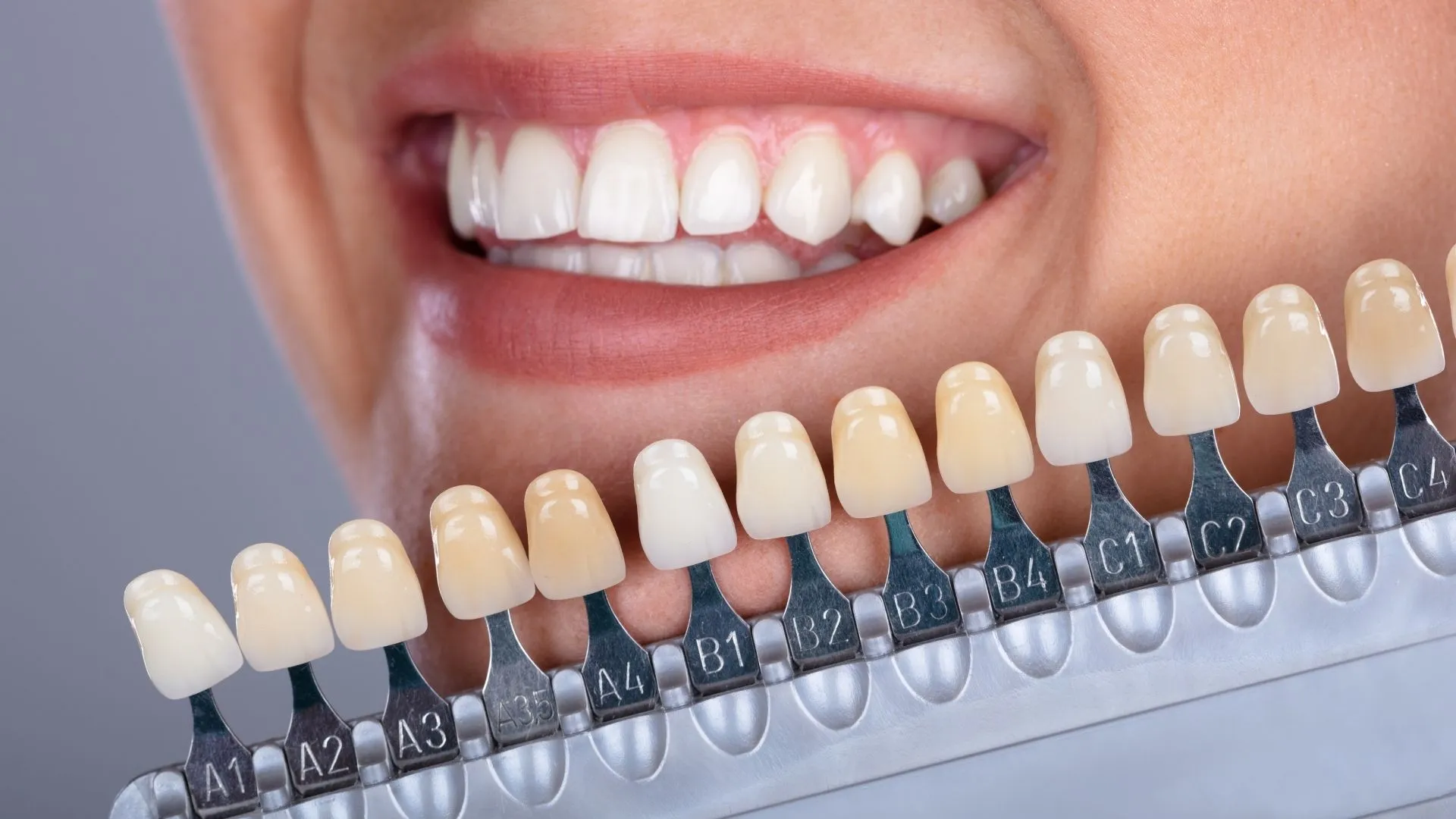
The choice of whitening method significantly impacts the potential for gum irritation. Different methods have varying concentrations of whitening agents and application techniques, influencing the risk of gum contact. Careful consideration of the pros and cons of each option is essential for making an informed decision. For example, professional treatments often offer more controlled applications and protective measures compared to at-home kits. Your dentist can assess your oral health and recommend the most suitable method for your specific needs and risk factors, maximizing the chances of a successful and comfortable whitening experience.
Professional vs. At-Home Kits
Professional teeth whitening performed by a dentist typically involves higher concentrations of whitening agents and specialized application techniques. Dentists use protective barriers, such as gingival dams, to shield the gums from the whitening product. While these treatments can be more effective, they also carry a higher risk of gum irritation if not applied correctly. At-home kits, on the other hand, often contain lower concentrations of the whitening agent and usually involve custom-fitted trays to minimize contact with the gums. However, the user must carefully follow the instructions to avoid over-application and ensure proper fit. It’s important to weigh the benefits and risks of each option and choose the method that best suits your needs and comfort level, always considering the guidance of your dentist.
Importance of a Dentist Consultation
Before starting any teeth whitening treatment, a consultation with your dentist is essential. The dentist will assess your overall oral health, including the condition of your gums and teeth, and identify any potential risks or contraindications. They can also recommend the most appropriate whitening method for your specific situation and provide personalized instructions. Your dentist can also offer professional application, ensuring the whitening agent is applied correctly and the gums are protected. Regular dental check-ups before and after whitening are crucial to monitor your oral health and address any issues promptly. This consultation ensures a safe and effective teeth whitening experience and helps to minimize the risk of gum bleaching or other complications. (Image: Dentist examining patient’s gums before whitening)
Proper Application Techniques
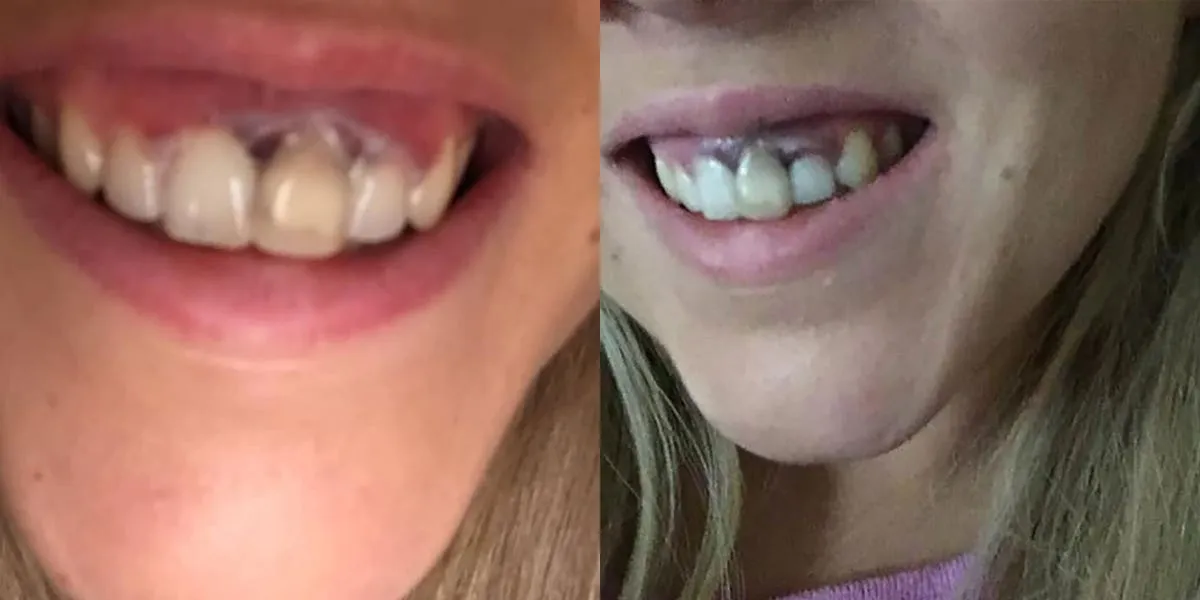
Correct application techniques are essential to protect your gums during teeth whitening. Whether using professional or at-home treatments, proper application minimizes the contact between the whitening agent and your gum tissues. This involves careful tray fitting, precise gel application, and adherence to the instructions provided by your dentist or the product manufacturer. Avoid overfilling trays and ensure the whitening agent is applied only to the teeth surfaces. Proper application techniques significantly reduce the risk of gum irritation and ensure a more comfortable and effective whitening experience. Be sure to follow these guidelines to protect your gums and achieve the best results.
Using Tray Correctly
If using a tray-based whitening system, ensuring a proper fit is crucial. The tray should fit snugly against your teeth without touching your gums excessively. Before applying the whitening gel, gently dry your teeth to minimize the risk of the gel leaking onto your gums. Avoid overfilling the tray, as this can lead to the gel overflowing and contacting your gum tissue. If the tray feels uncomfortable or does not fit correctly, consult your dentist for adjustments or a custom-fitted tray. A well-fitting tray ensures the whitening agent is applied precisely to your teeth, minimizing gum exposure and reducing the risk of bleaching. (Image: Properly fitted teeth whitening tray)
Applying the Whitening Agent
When applying the whitening agent, use a small amount, as directed by your dentist or the product instructions. Avoid applying the gel directly to your gums. Place the gel only on the surfaces of your teeth that need whitening. A thin layer of gel is usually sufficient. If you notice any gel overflowing or contacting your gums, remove the excess immediately with a clean cotton swab. Following these steps helps minimize gum contact and reduces the risk of bleaching or irritation. Proper application techniques are crucial for a safe and effective teeth whitening experience.
Protecting Gums During Treatment

Various methods and products can protect your gums during teeth whitening treatments. The goal is to create a barrier between the whitening agent and the gum tissues. Professional dental treatments often utilize a gingival dam, a protective barrier applied to the gums to isolate them from the whitening gel. At-home treatments might involve using a custom-fitted tray to minimize gel overflow and gum contact. Following the instructions provided by your dentist or the product manufacturer is crucial to ensuring your gums are adequately protected. These measures greatly reduce the chance of experiencing gum irritation, sensitivity, or bleaching during the whitening procedure.
Using Protective Barriers
Professional teeth whitening often uses protective barriers, such as a gingival dam, to shield the gums. The dentist applies this material to the gum line, creating a barrier that prevents the whitening agent from contacting the soft tissues. This barrier can be made of a light-cured resin or a rubber dam. For at-home treatments, using a well-fitted tray and avoiding overfilling can help minimize gum contact. Applying a thin layer of petroleum jelly to the gums before applying the whitening agent can also provide an additional layer of protection. Protective barriers significantly reduce the risk of gum irritation and bleaching, promoting a comfortable and effective whitening experience. (Image: Dentist applying gingival dam)
Avoiding Overuse and Over-Application
Overuse and over-application of teeth whitening products increase the risk of gum irritation and bleaching. Following the product instructions and your dentist’s recommendations is crucial. Avoid whitening your teeth more frequently or for longer durations than advised. If you experience any gum sensitivity or discomfort, discontinue the treatment and consult your dentist. Excessive whitening can weaken tooth enamel and make your teeth more sensitive to hot and cold temperatures. Adhering to the recommended usage guidelines helps ensure your teeth whitening journey is safe and effective, maximizing results while minimizing the risk of adverse side effects. (Image: A person using a timer to track the duration of teeth whitening)
Aftercare for Healthy Gums
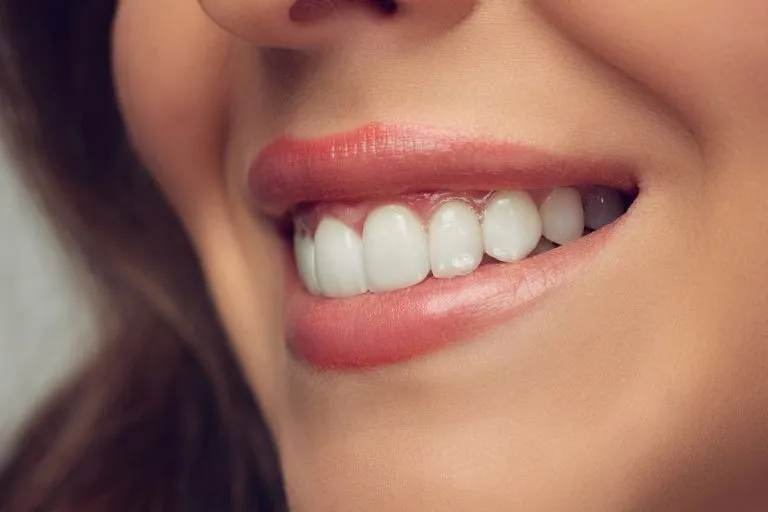
Proper aftercare is essential for promoting gum health and mitigating any potential side effects of teeth whitening. This includes soothing your gums, maintaining good oral hygiene, and knowing when to seek professional help. By following these aftercare tips, you can ensure your gums stay healthy and comfortable after teeth whitening, maximizing your smile’s brilliance and longevity. Post-treatment care is as important as the whitening process itself, so follow these steps to protect and soothe your gums, ensuring a healthy and happy smile.
Soothing Your Gums After Whitening
If your gums become irritated or sensitive after teeth whitening, there are several steps you can take to soothe them. Rinse your mouth with lukewarm saltwater, which helps to reduce inflammation. Avoid using harsh toothpastes or mouthwashes, as they can further irritate sensitive gums. You can also apply a small amount of vitamin E oil to your gums, which has anti-inflammatory properties. Avoid hot or cold foods and beverages, as they can exacerbate sensitivity. If the irritation persists, consider using an over-the-counter pain reliever or consulting your dentist for specific recommendations. Taking these steps helps to alleviate discomfort and supports the healing process for your gums after teeth whitening.
When to Seek Professional Help
While some gum sensitivity or mild bleaching is common after teeth whitening, it’s essential to know when to seek professional help. If you experience severe pain, persistent bleeding, or significant gum inflammation, consult your dentist immediately. These symptoms may indicate a more serious issue, such as a chemical burn or an allergic reaction. Your dentist can assess the situation and provide appropriate treatment to alleviate the symptoms and prevent any further complications. Don’t hesitate to contact your dentist if you have any concerns or if the discomfort persists, as early intervention can often prevent more severe issues. Prioritize your oral health by seeking professional guidance when necessary and always follow the advice of your dental professional.
In conclusion, while teeth whitening can significantly enhance your smile, it is essential to protect your gums during the process. By understanding the causes of gum bleaching and following the tips outlined in this article, you can achieve a brighter smile while minimizing the risk of gum irritation and other complications. Always consult with your dentist before starting any teeth whitening treatment and follow their recommendations. Prioritize your oral health and take the necessary precautions to ensure a safe and successful teeth whitening experience.
